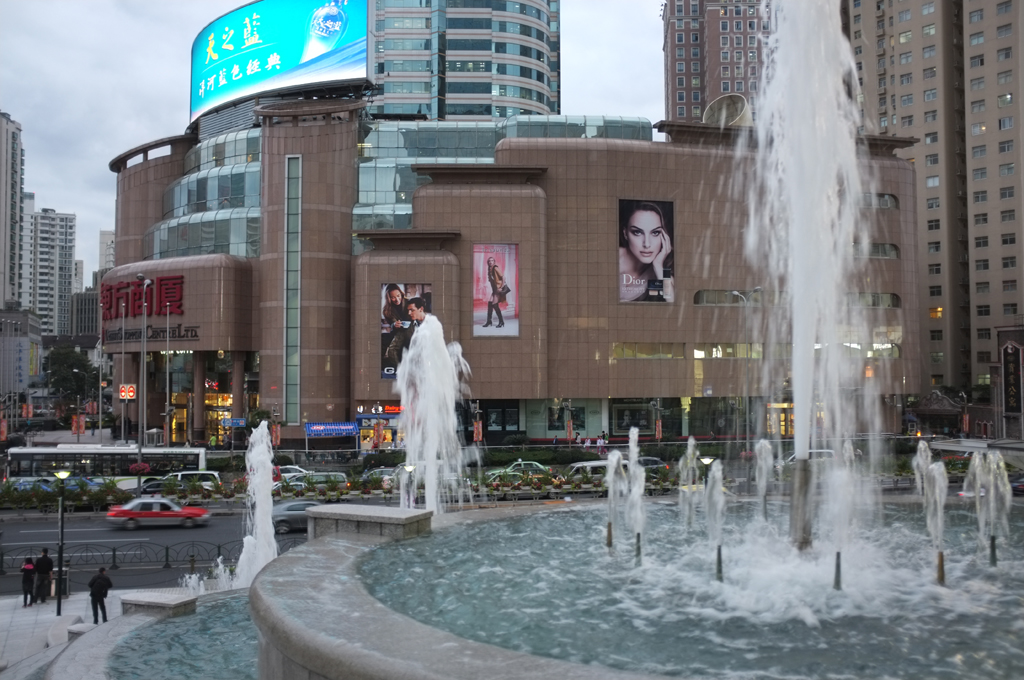H = S + C +V*
H: Enduring level of happiness
S: Set Range
C: Circumstances of your life
V: Factors under your voluntary control
The set range may represent the inherited aspect of our enduring level of happiness. It’s almost like we’ve inherited a “steersman” who urges us toward a specific level of happiness or sadness.
A systematic study of 22 people who won major lotteries found that they reverted to their baseline level of happiness over time, winding up no happier than 22 matched controls.
The bad news about the set range is that humans have the tendency to quickly return to a relatively stable level of happiness despite major positive events in their lives. According to the hedonic treadmill theory, as a person makes more money, expectations and desires rise in tandem, which results in no permanent gain in happiness.
Good things and high accomplishments, studies have shown, have astonishingly little power to raise happiness more than transiently*:
– In less than three months, major events (such as being fired or promoted) lose their impact on happiness levels.
– Wealth, which surely brings more possessions in its wake, has a surprisingly low correlation with happiness level. Rich people are, on average, only slightly happier than poor people.
– Real income has risen dramatically in the prosperous nations over the last half century, but the level of life satisfaction has been entirely flat in the Unites States and most other wealthy nations.
– Recent changes in an individual’s pay predict job satisfaction, but average levels of pay do not.
– Physical attractiveness (like wealth) doesn’t have much effect at all on happiness.
– Objective physical health, perhaps the most valuable of all resources, is barely correlated with happiness.
The good news is when disasters strike, the “steersman” tries to pull us back up to our normal level of happiness. Even individuals who become paraplegic as a result of spinal cord accidents quickly begin to adapt to their greatly limited capacities, and within eight weeks they report more net positive emotion than negative emotion. Within a few years, they wind up only slightly less happy on average than individuals who are not paralyzed*.
Locked-in syndrome is a brain condition, typically caused by a small stroke-induced lesion in the brainstem lower pons that destroys movement pathways, which leaves the person fully aware and cognitively intact but completely paralyzed to the extent of being able only to make slight movements of an eye or eye-lid. With an interpreter to help them pick alphabet letters one at a time, a locked-in patient can blink or move an eye at a chosen letter to form words and communicate. Yet in the face of even this devastating degree of paralysis, locked-in patents may often still be happy. A recent study found that 72% of locked-in respondents did report themselves to be moderately happy**.
There are limits on adaptation though. There are some bad events that we never get used to, or adapt to only very slowly. I saw a woman on Dr. Phil’s show. She lost her teenage daughter in a car accident over 10 years ago. When she talked about it, her emotion was still raw as if it happened yesterday. The sad thing was she was so gripped by pain and agony that she couldn’t move on with her life and be present for her husband and surviving children.
The S variables (your genetic steersman, the hedonic treadmill and your set range) tend to keep your level of happiness from increasing. But there are two other powerful forces, C and V, that do raise the level of happiness. I will discuss them in detail in my future posts.
___________________________________________
*Authentic Happiness by Martin Seligman
**Building a neuroscience of pleasure of well-being by Kent Berridge
